Archive
2021
KubaParis
Blood/Sea
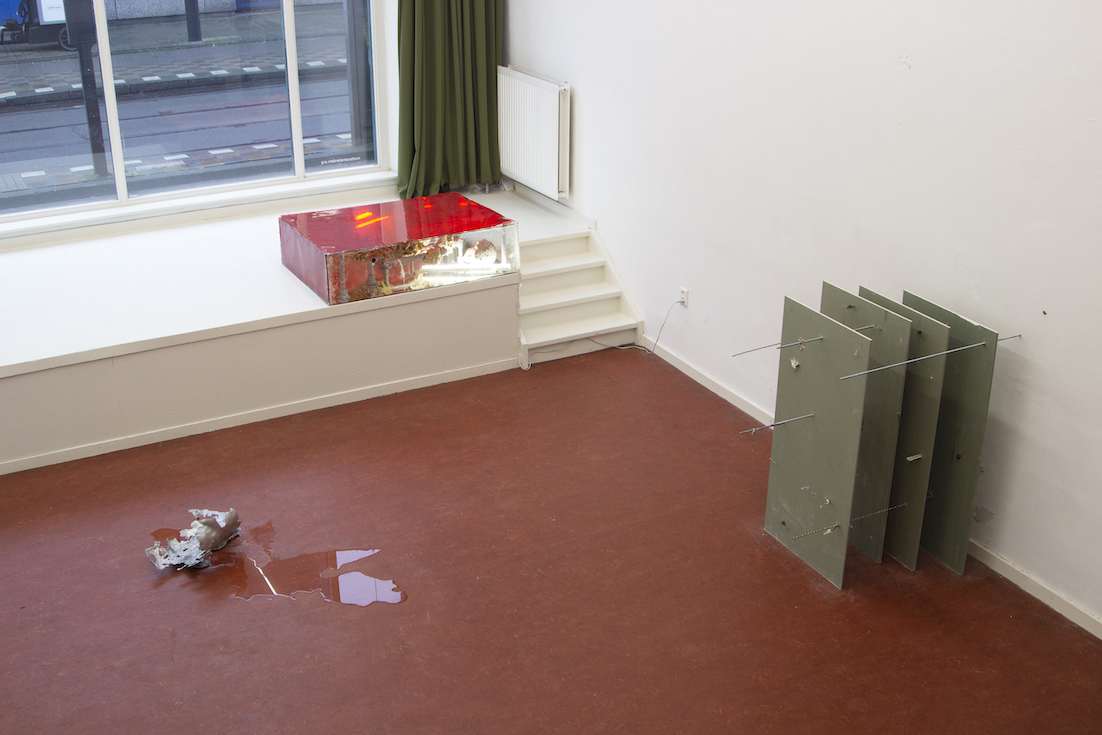
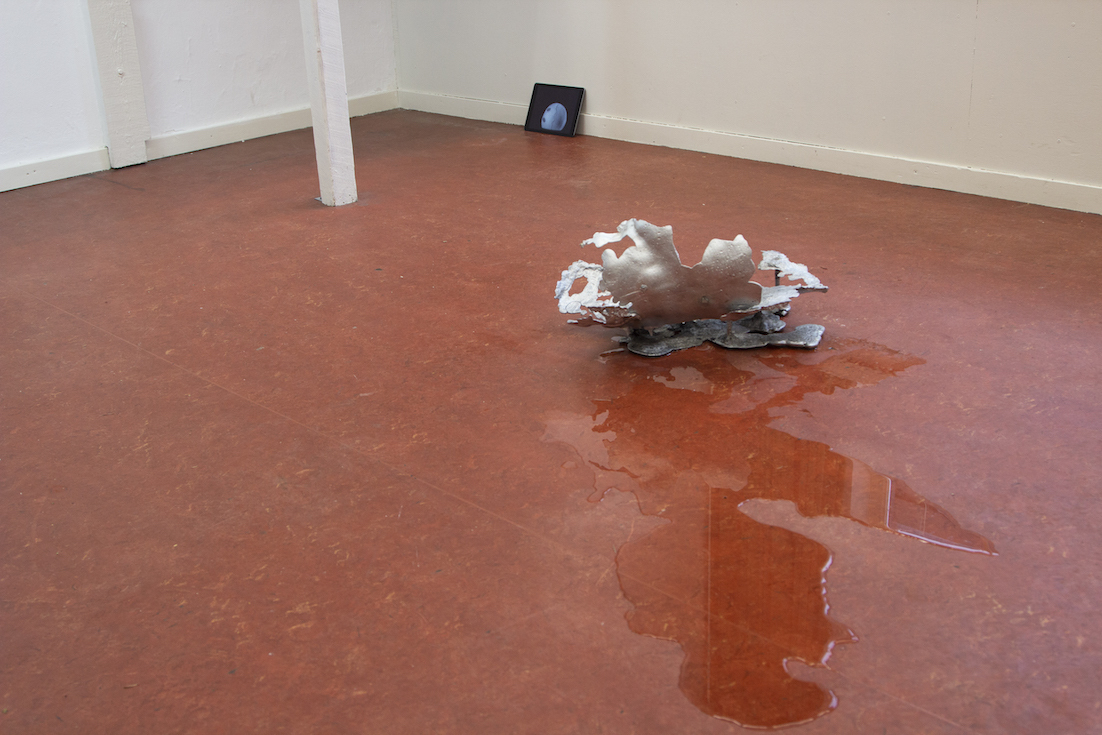

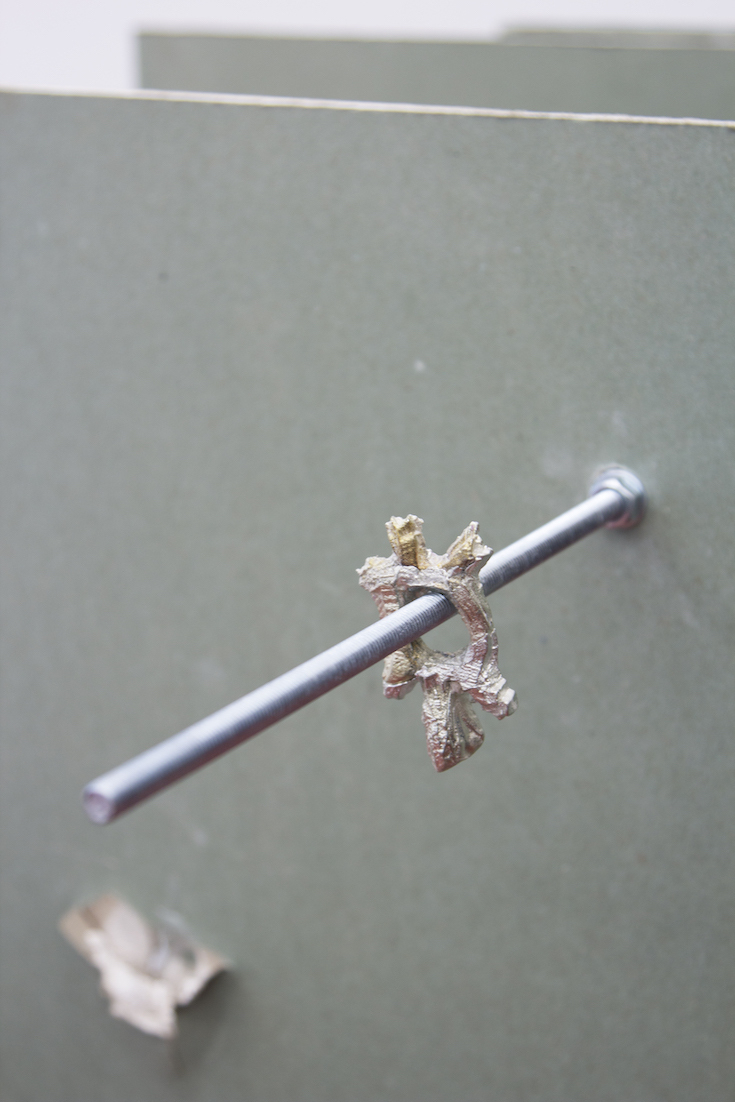
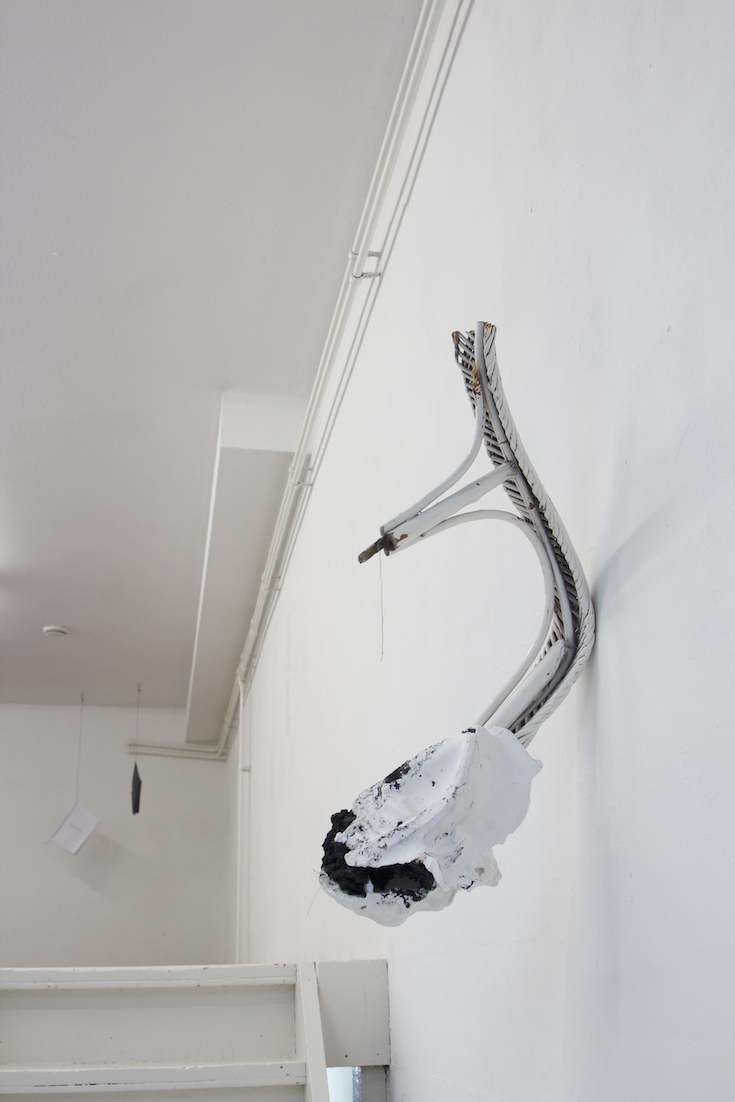
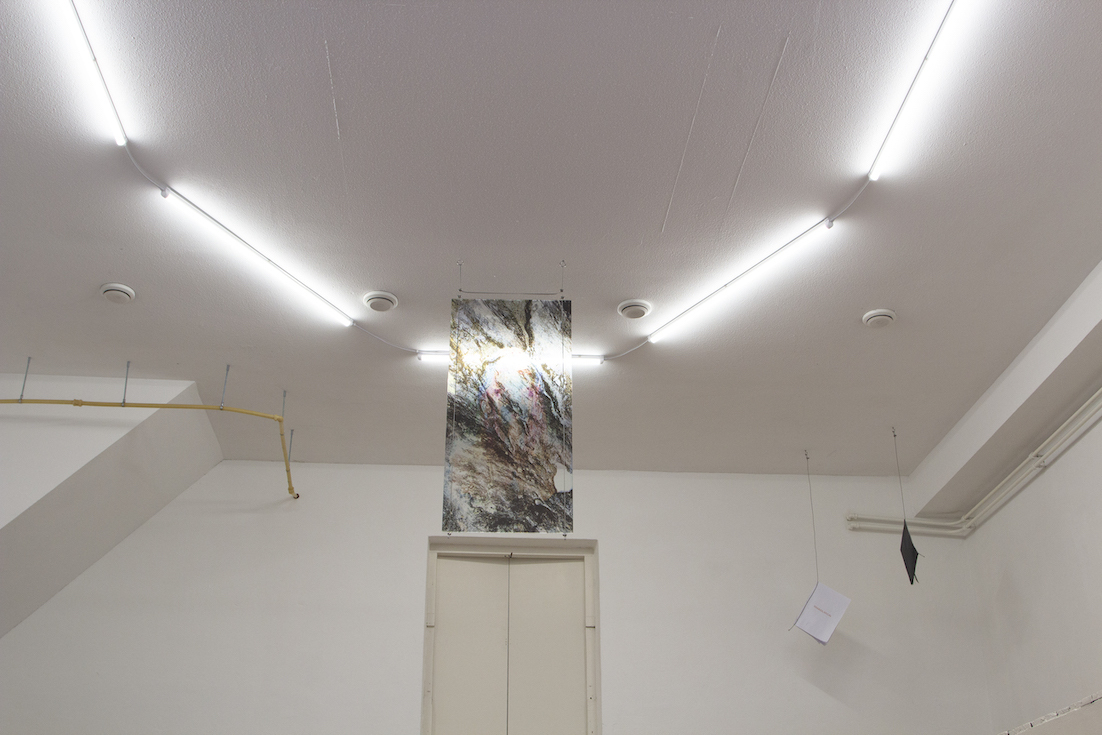
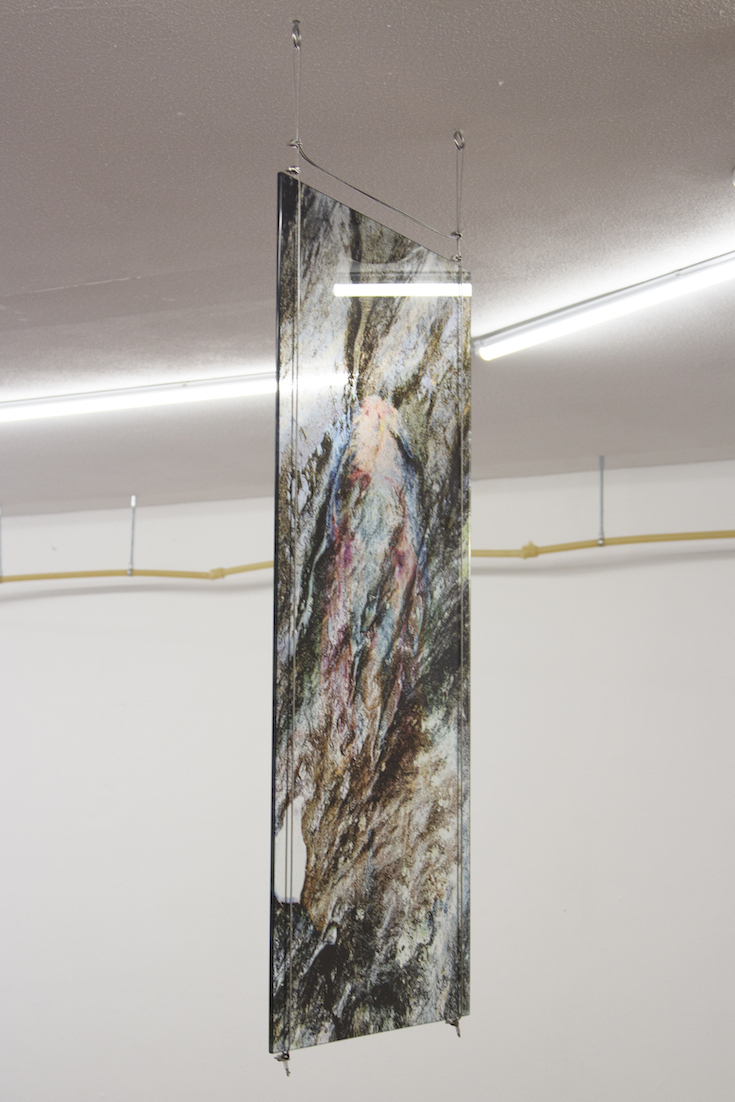

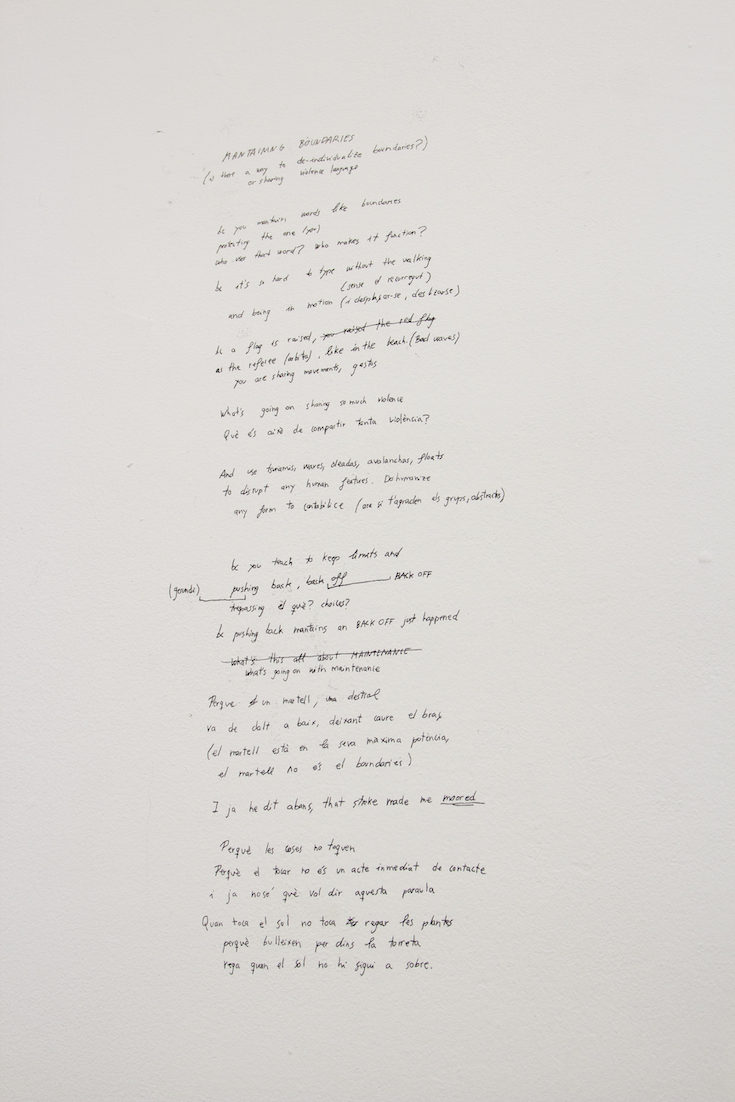

Location
Mutter AmsterdamDate
26.11 –18.12.2021Curator
Àngels MiraldaPhotography
Katy HundertmarkSubheadline
With works by Nora Aurrekoetxea, PHILTH HAUS, Benjamin Francis, Paraskevi Frasiola, Sami Hammana, Claudia Pagès, Víctor SantamarinaText
The title Blood / Sea references a short story by Italo Calvino published in 1967 as Sangue, Mare. The narrator Qwfwq is a recurring character in Calvino’s works - an immortal being as old as the universe who has evolved since the dawn of life on earth. In the short story it takes the shape of a man, driving quickly down a narrow sea-side road in Italy with three other passengers. He recalls his youth as a single-celled organism flowing through primordial seas. When animals evolved and moved onto dry land, they had to find some way to bring the nutrients of the sea with them - this was done in the form of blood. The water of the Mediterranean on one side, and the cut iron-rich rock on the other seen from the metallic moving car converge in an essay about individuality in the material world that surrounds us. Anthropologist Stefan Helmreich wrote about this short story and the basis of its narration stemming from a publication in 1904 by physiologist René Quinton who discovered that the chemical composition of plasma in the blood is almost identical to sea water.
The works in this exhibition relate matter to the body. Chemically, metallically, and legally, the body is tied to an inexplicably vast interconnected world of atoms and molecules. Metal can represent the body or appendages to the body, chemicals wash over us creating moods and defining our physical appearance as identity. The metallic and organic live side by side indistinguishably in stale waters complicating definitions. The liquid sea has politically become a solid border. The oceans are today the next corporate frontier - an invisible and vast expanse of the planet which is conveniently presented as empty to us land-dwellers. But the sea is full of nutrients and resources, and with that comes legal codes and the scramble for water. These shores contain potentialities for leisure, extraction, and death.
Àngels Miralda